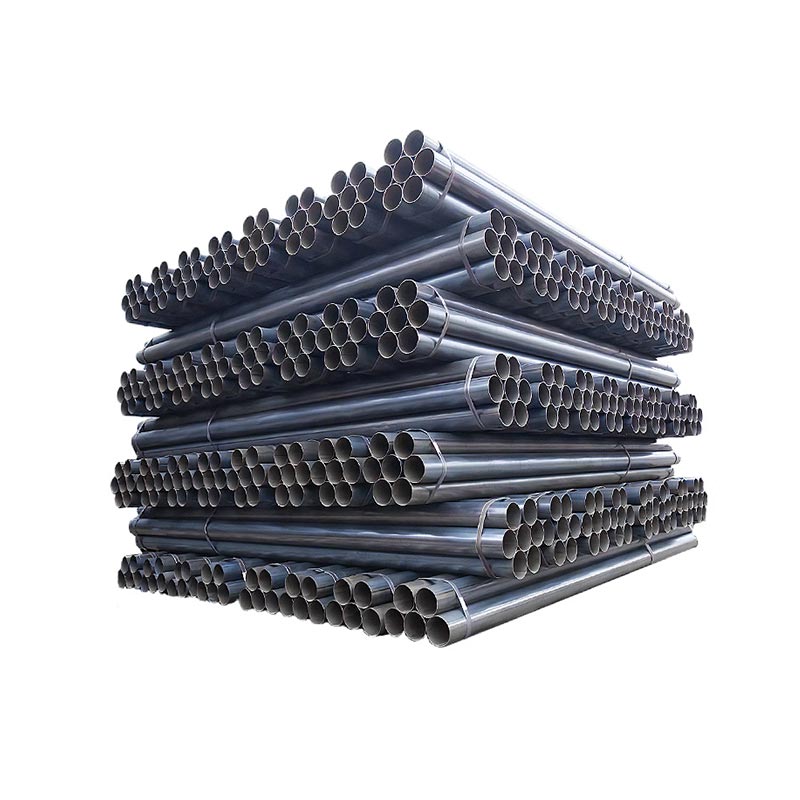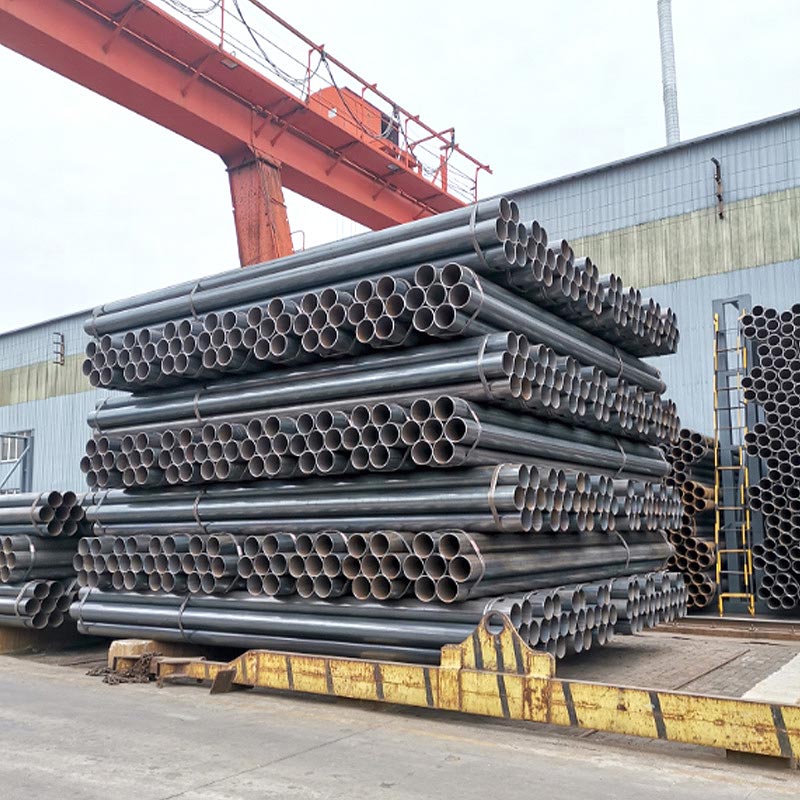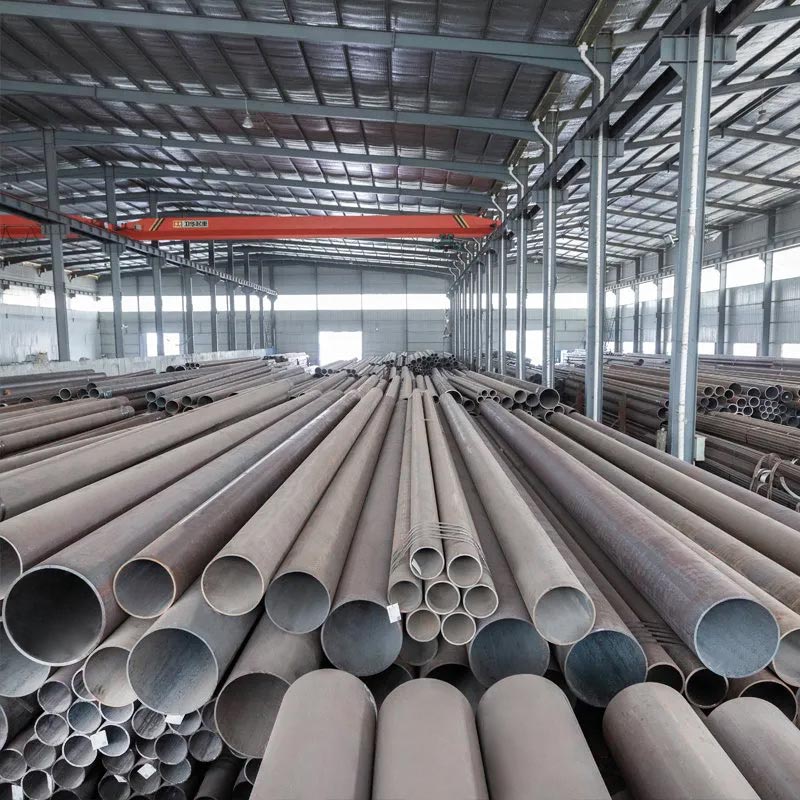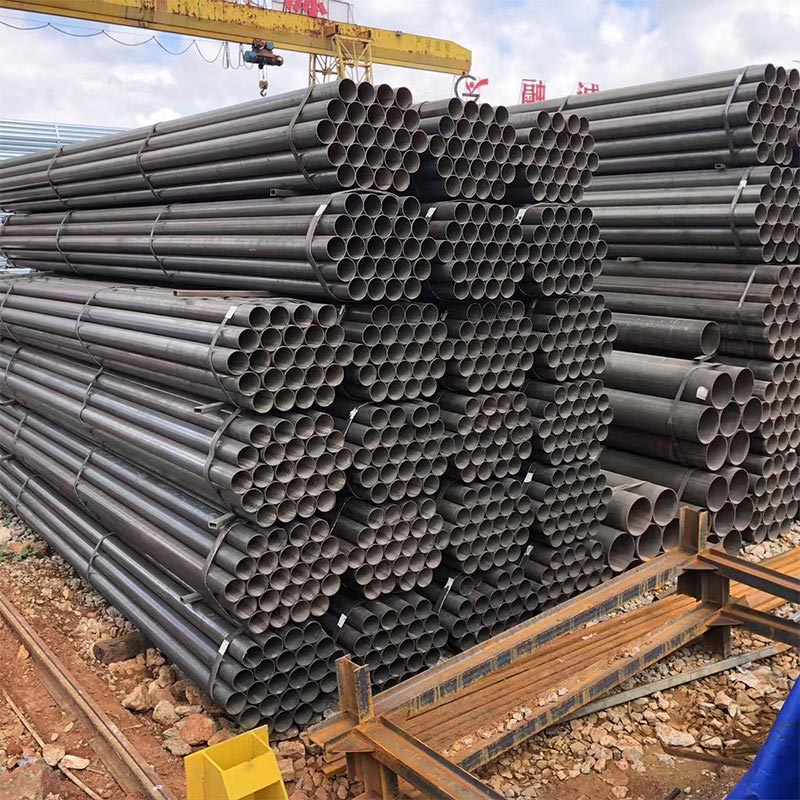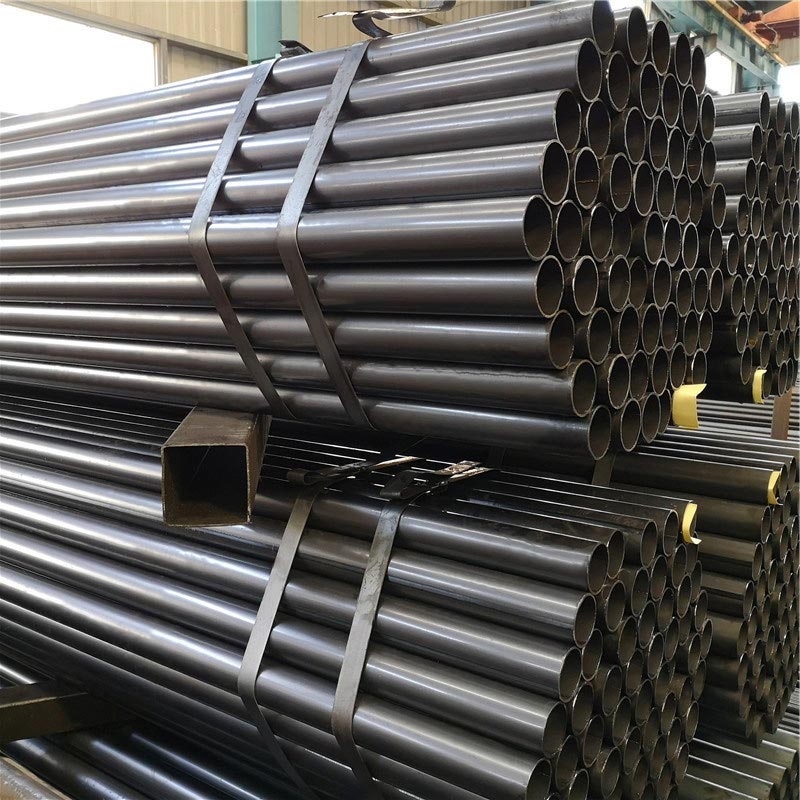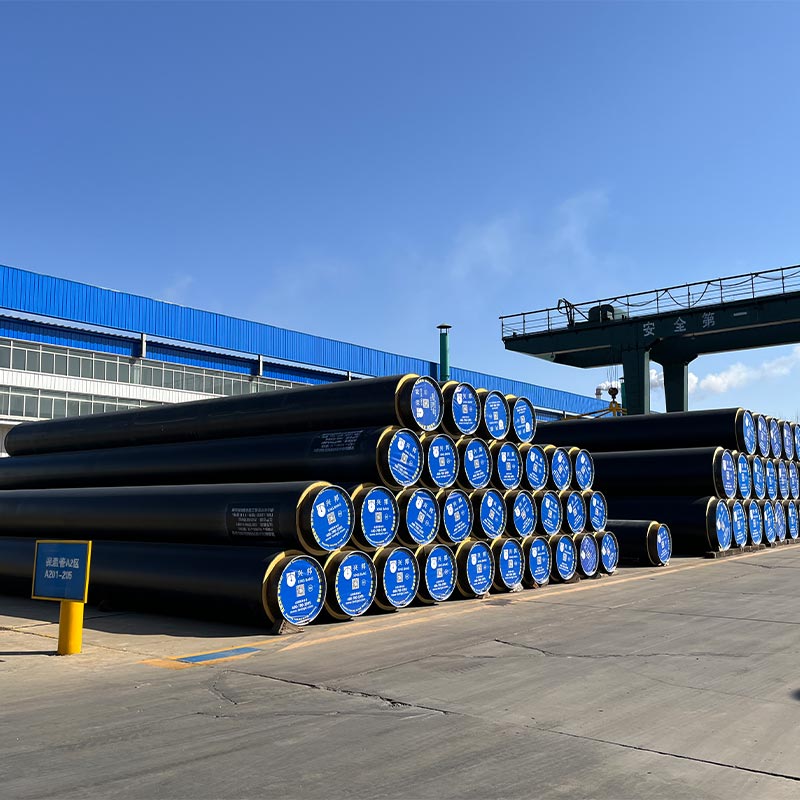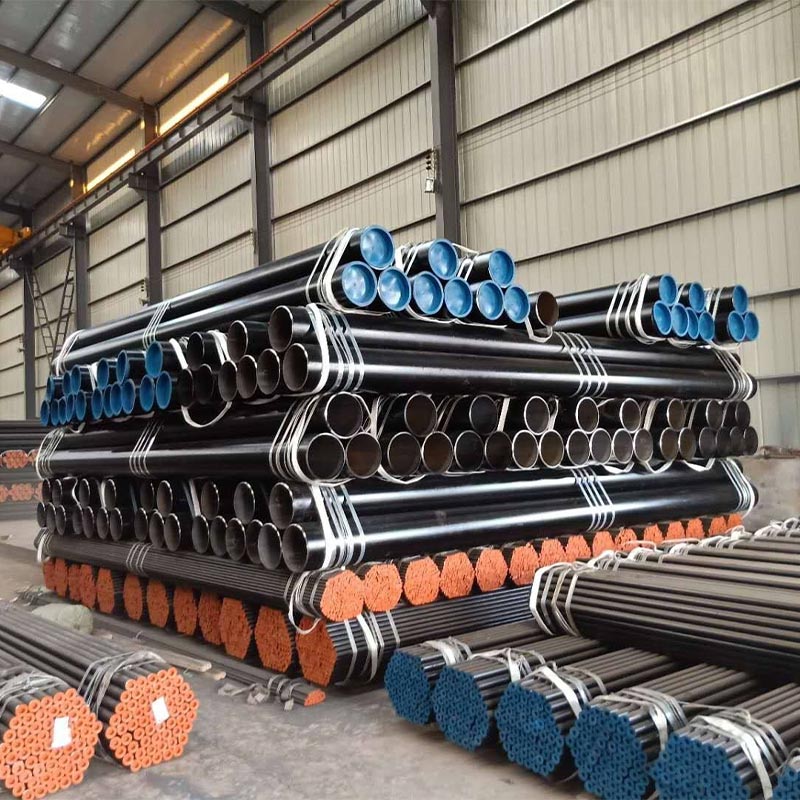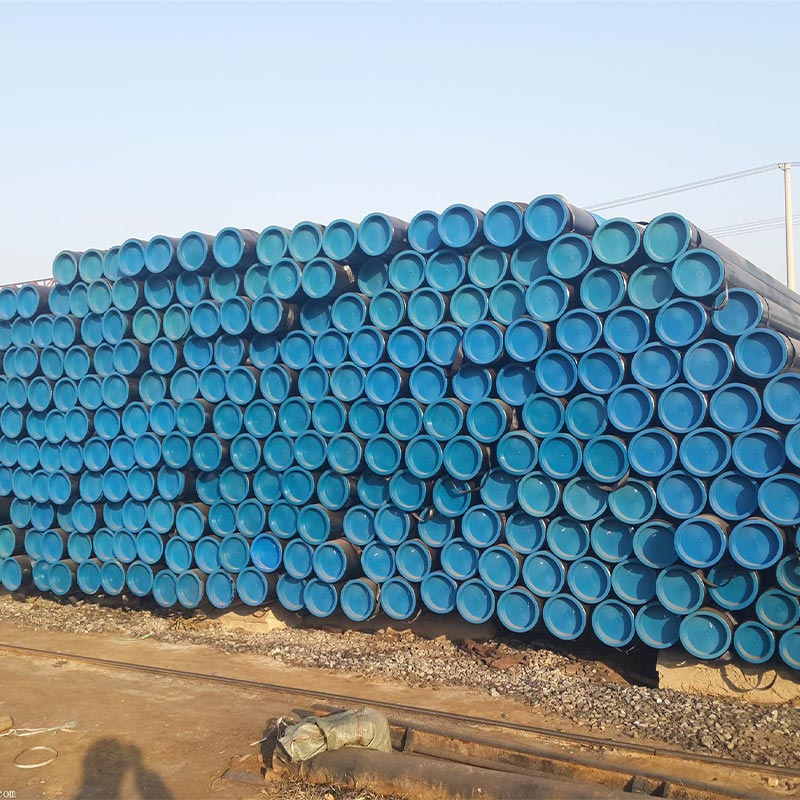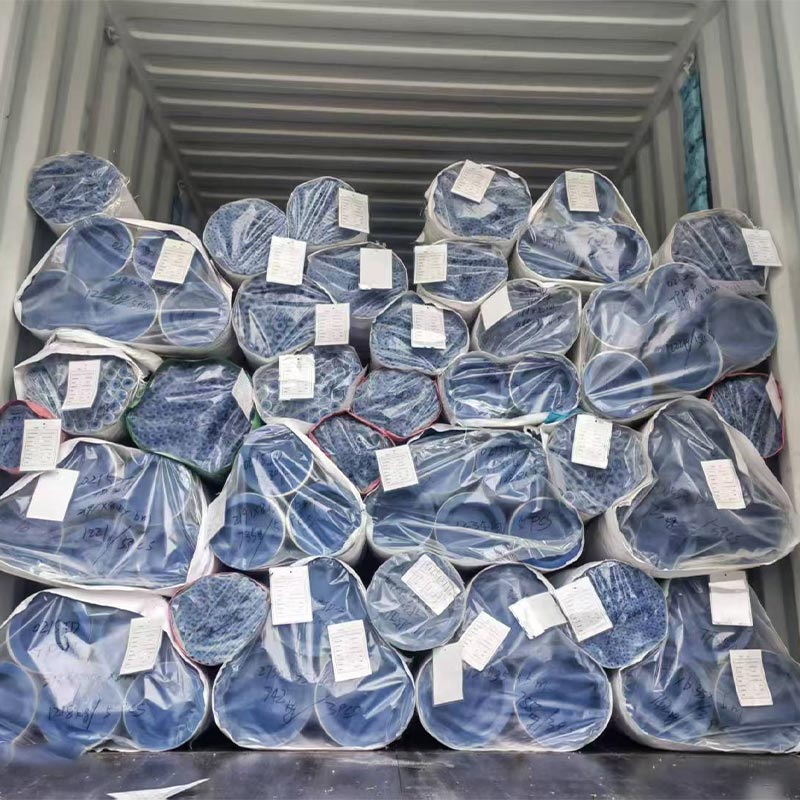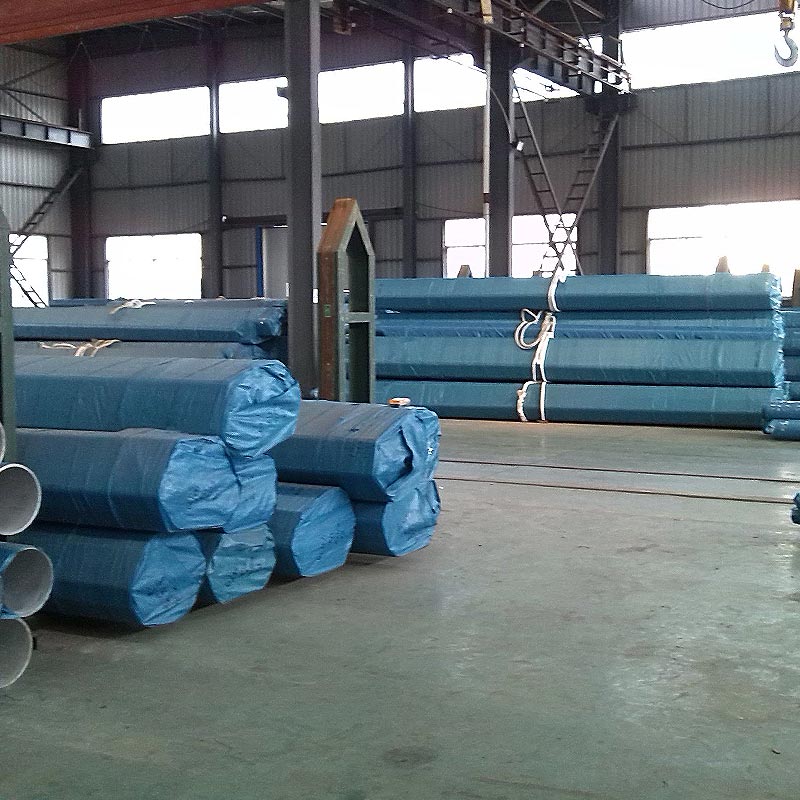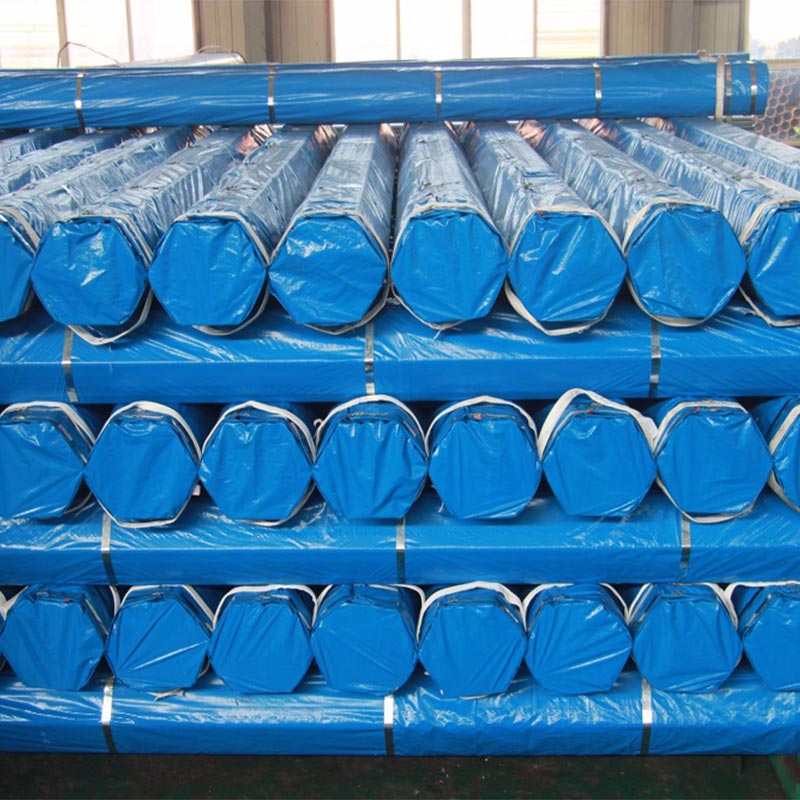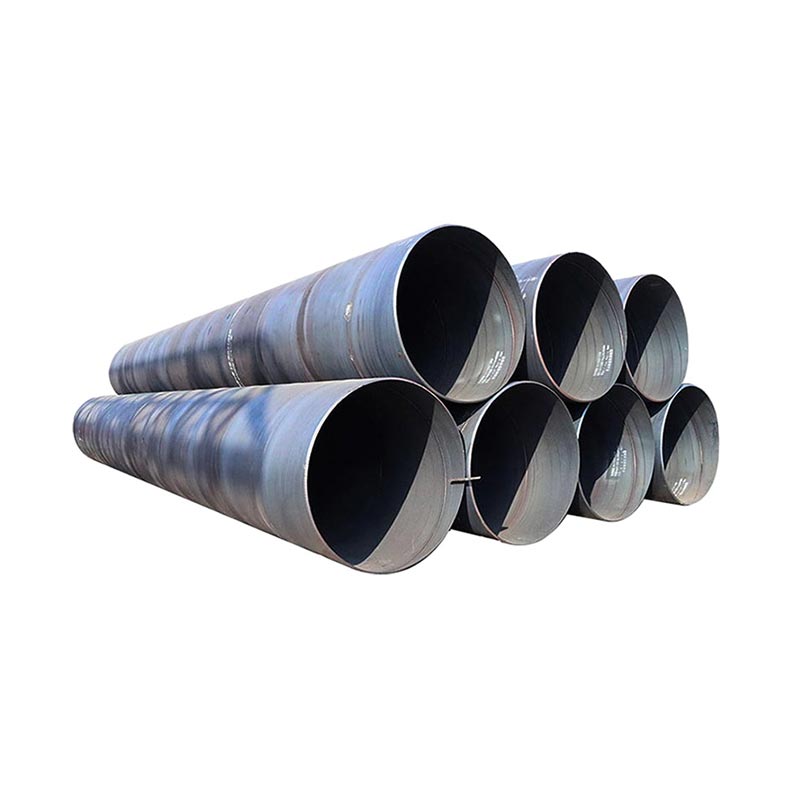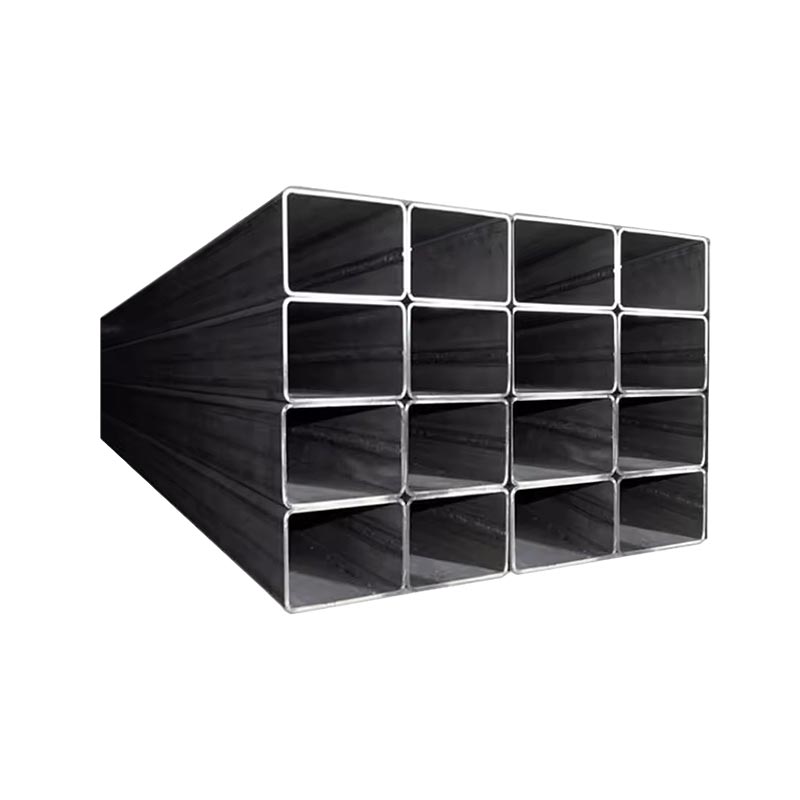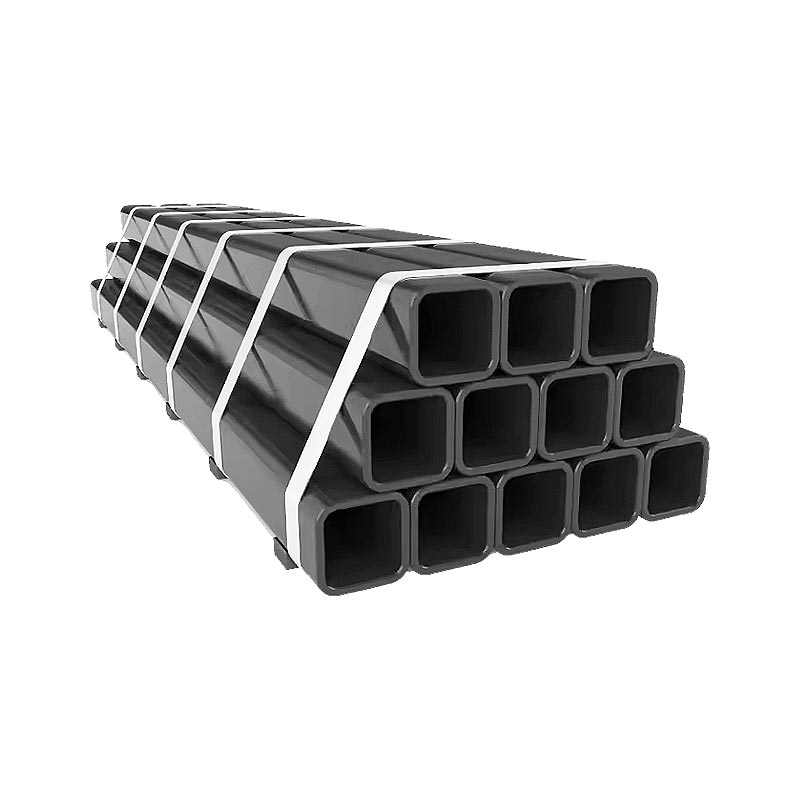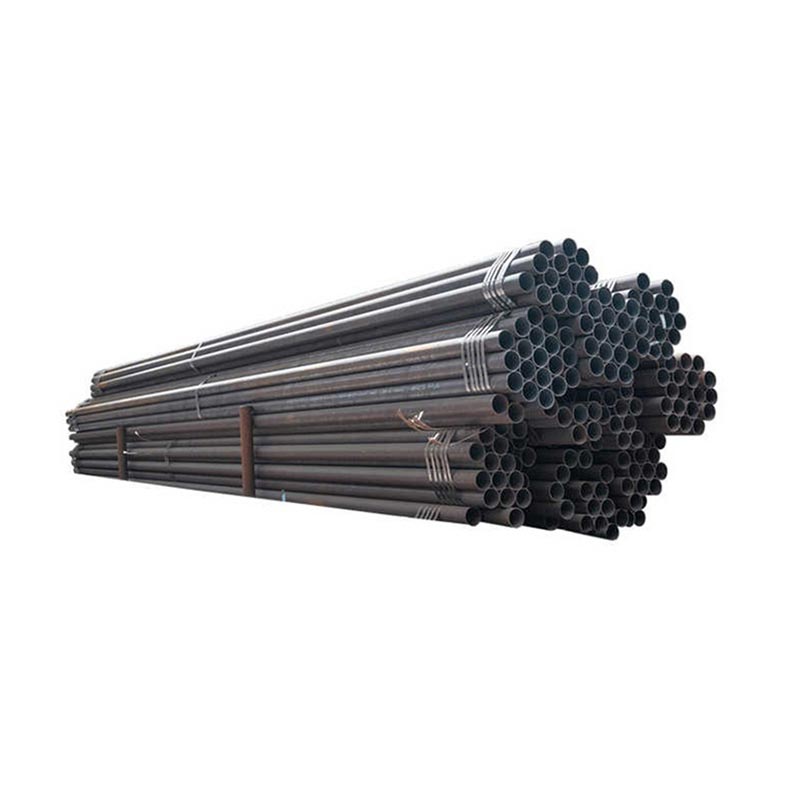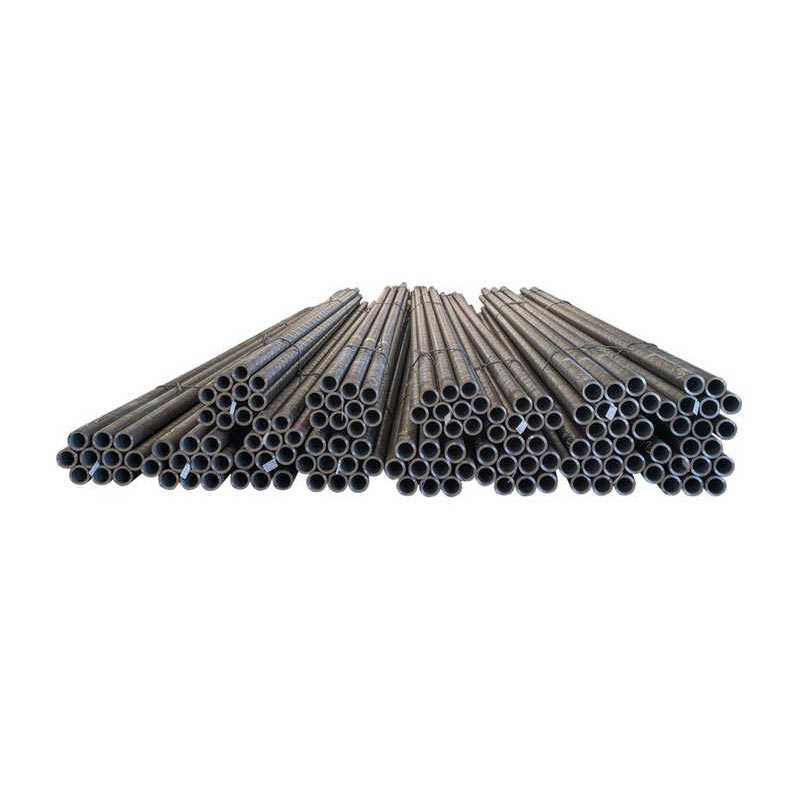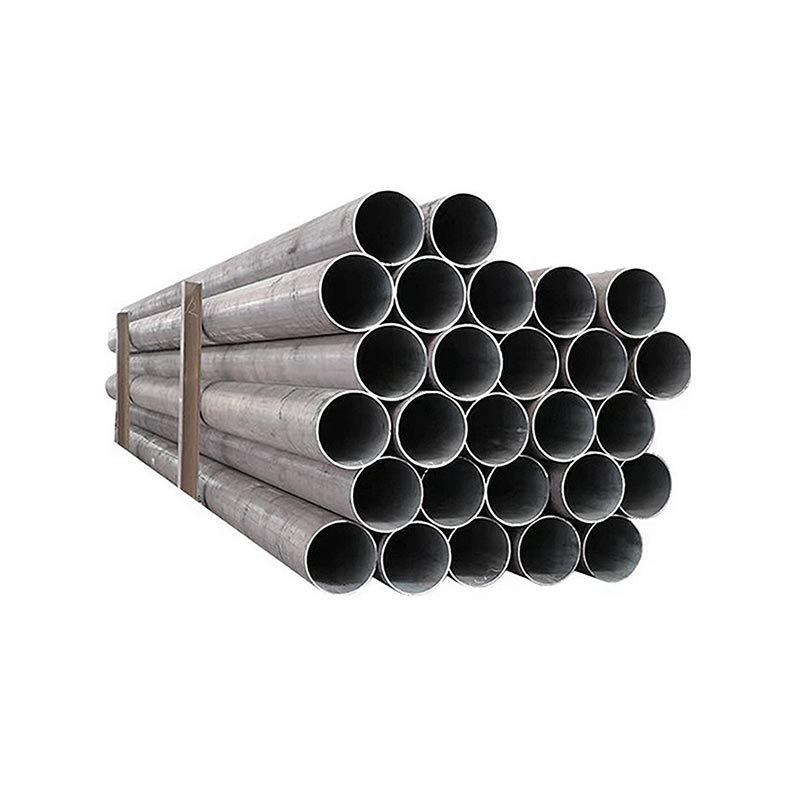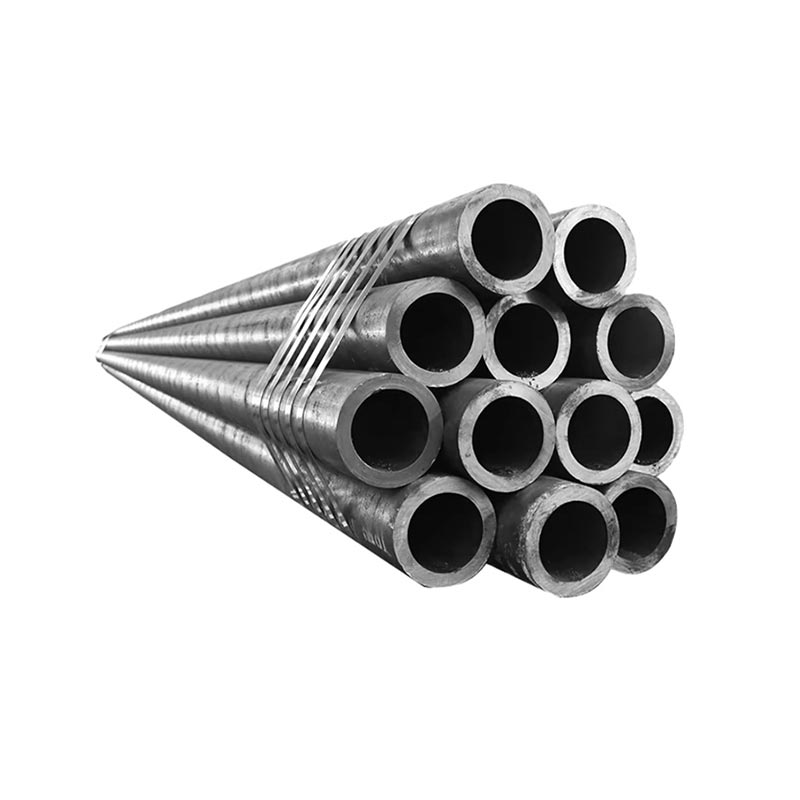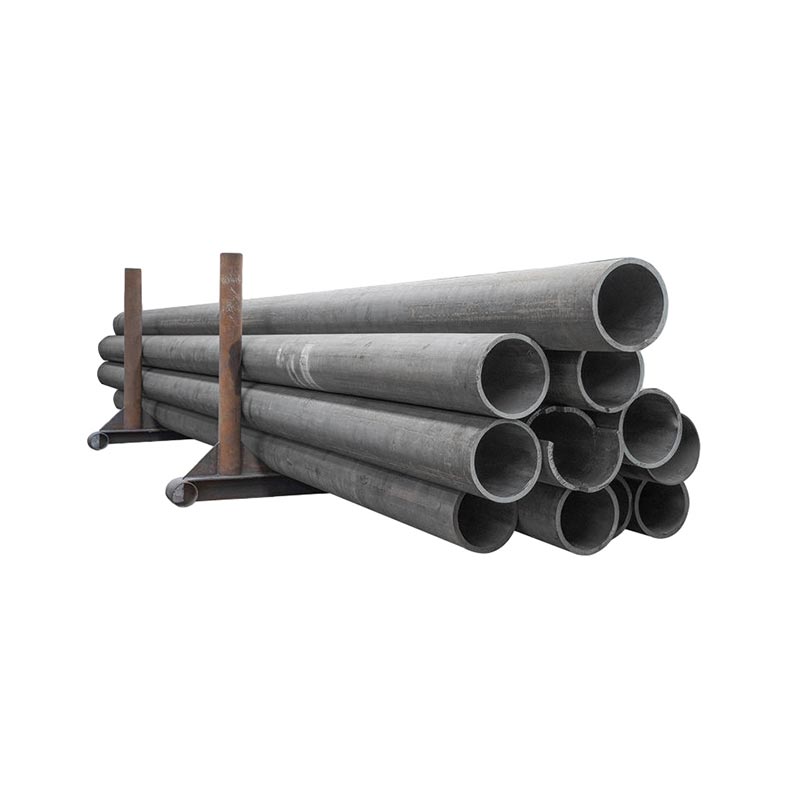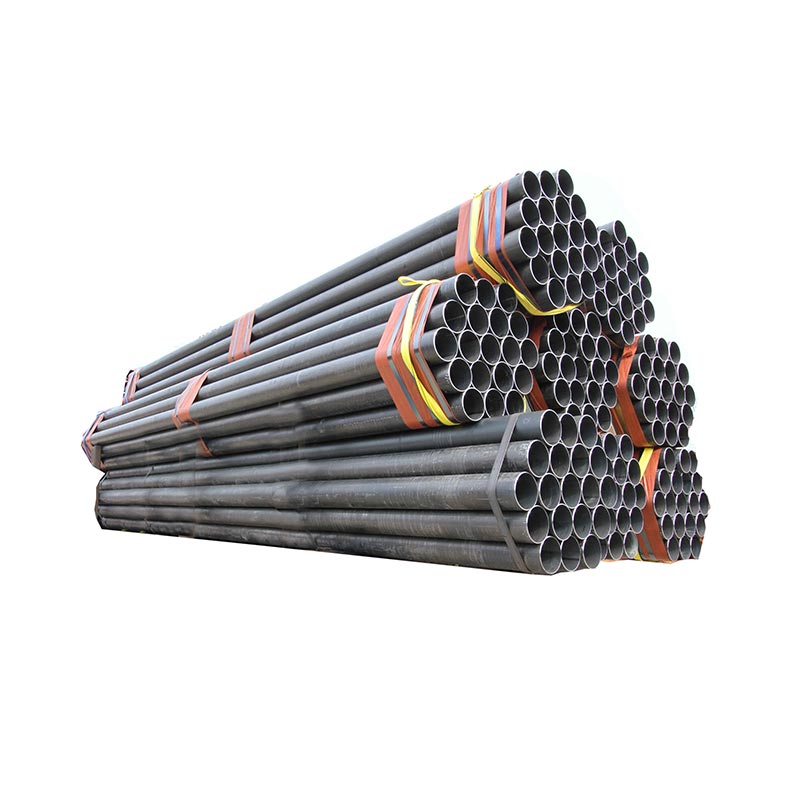Carbon Steel Pipe
● A carbon steel pipe is a cylindrical tube made from carbon steel, an alloy of iron and carbon with trace elements. Classified by carbon content (low, medium, high), it balances strength, durability, and cost-effectiveness.
● Low-carbon pipes (e.g., A53) excel in weldability and ductility, used for water, gas, or structural applications. Medium-carbon types offer higher strength, suited for industrial pipelines. High-carbon variants, though harder, are less common due to reduced flexibility.
● Widely used in construction, oil/gas, and manufacturing, these pipes come in various sizes and wall thicknesses, with seamless or welded designs, serving fluid transport and structural roles.
View Video
A53 Carbon Steel Pipe
A53 carbon steel pipe is an ASTM-standard material, available in seamless and welded forms. It includes grades A and B (with B offering higher tensile strength). Used widely in structural applications, plumbing, and conveying fluids like water, oil, or gas, it provides good weldability and formability. Suitable for both low-pressure and general-purpose uses, it’s cost-effective and versatile, common in construction, machinery, and industrial systems requiring reliable, moderate-strength piping.
Get A Quick Quote!
You Can Leave Us A Message
or Send Us An Email!
Product Details
Product Parameters
Packaging and Transportation
Related Products
Leave Us Message
Please give us a message
What are you lookking for?

